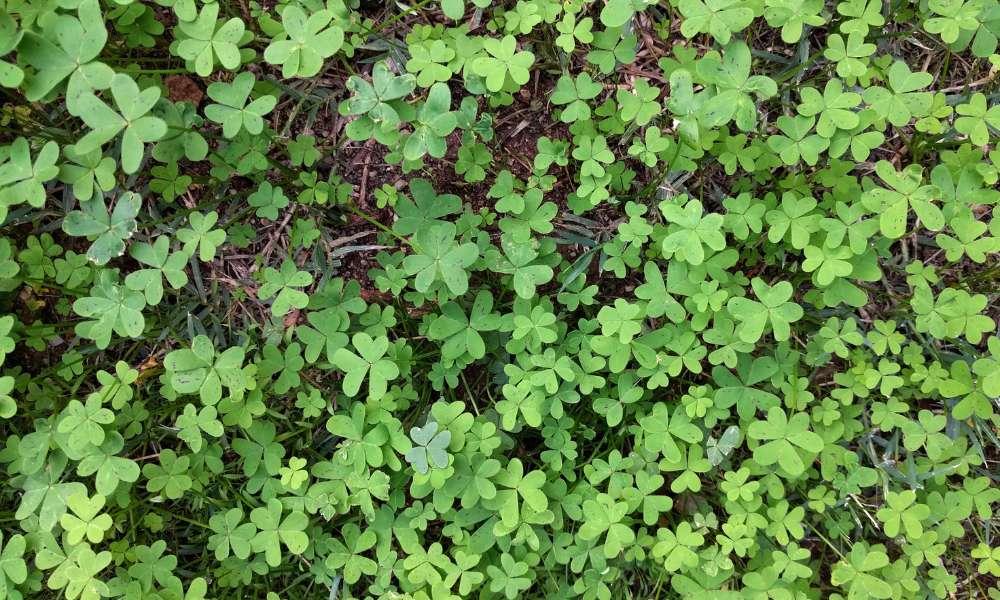Planting a clover lawn might just be the solution you’ve been searching for. With its myriad benefits, including improved soil health, reduced maintenance requirements, and enhanced biodiversity, switching to a trefoil lawn is both environmentally conscious and visually appealing. In this guide, we’ll delve into the essentials of how to plant a clover lawn, highlighting key steps, essential considerations, and the reasons why you should embark on this eco-friendly endeavor. Whether you’re a seasoned gardener or a novice enthusiast, planting a trefoil yard is a rewarding and straightforward process that anyone can undertake. Join us as we explore the ins and outs of creating your very own vibrant lawn.
What Is The Best Time Of Year To Plant A Clover Lawn?
The best time of year to plant a clover lawn is typically in the early spring or late summer/early fall. This timing allows the clover seeds to establish and take root before the harsh conditions of summer or winter set in. Planting in the spring gives the trefoil a chance to grow and establish itself before the heat of summer, while planting in late summer or early fall allows the trefoil to establish roots before winter dormancy.
Do I Need To Prepare The Soil Before Planting Clover?
Yes, it is important to prepare the soil before planting clover to ensure optimal growth and health of the plants. Trefoil thrives in well-drained soil that is rich in organic matter. Start by testing the soil pH to determine if it falls within the ideal range for trefoil, which is typically between 6.0 and 7.0. If necessary, you can adjust the pH level by adding lime or sulfur.
Can I Mix Clover With Other Grass Seeds For My Lawn?
Yes, it is possible to mix clover with other grass seeds for your lawn. Clover is often used in yard mixtures because of its ability to fix nitrogen in the soil, which can benefit the overall health of your lawn. When mixed with grass seeds, trefoil can help improve soil quality and provide a lush green cover for your lawn.
Broadcasting Clover Seeds Evenly
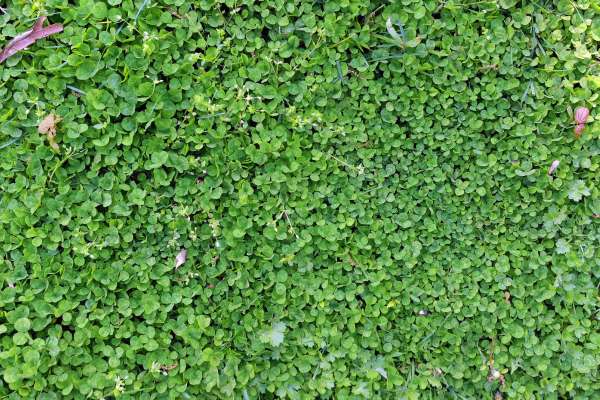
Broadcasting clover seeds evenly requires attention to detail and proper technique for optimal results. By implementing these strategies and focusing on uniform distribution through careful planning and execution, you can create a lush and healthy trefoil yard that adds beauty and biodiversity to your outdoor space.
Using A Seed Spreader For Larger Areas
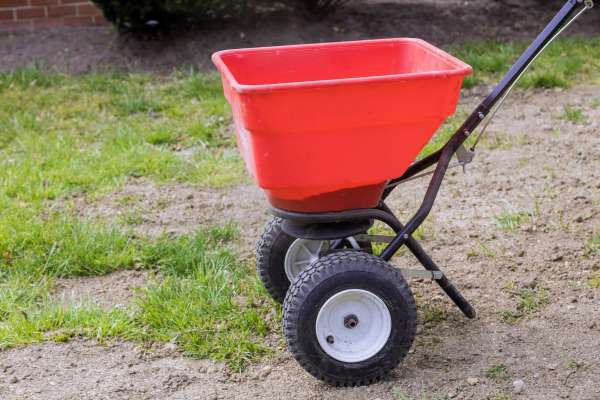
For larger areas, employing a seed spreader becomes a valuable tool in your clover planting arsenal. This device allows you to cover more ground efficiently, ensuring that no part of your lawn misses out on the trefoil goodness. By using a seed spreader, you not only save time and effort but also enhance the overall effectiveness of the trefoil seed application. It’s a practical choice for those looking to create a trefoil lawn that’s not only beautiful but also resilient in the face of varying terrains and dimensions.
Initial Watering After Seeding

Avoid heavy watering that can cause runoff or create puddles, as this may wash away the seeds or create uneven patches of growth. During hot weather, it’s essential to monitor the moisture levels closely and adjust your watering schedule accordingly. Remember that different types of clover may have specific water requirements, so research your chosen variety for optimal results. Proper initial watering sets the foundation for a healthy and lush trefoil yard that will thrive for years to come.
Maintaining Consistent Soil Moisture
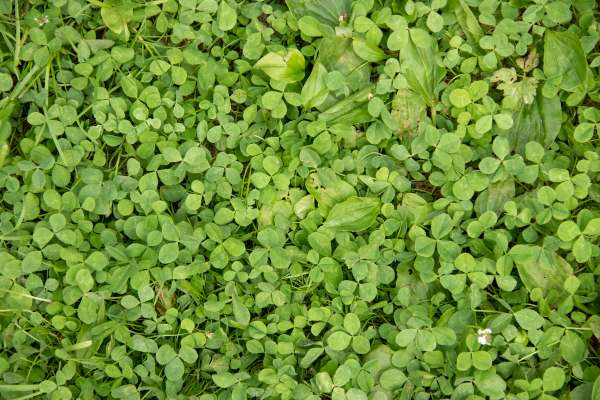
Maintaining consistent soil moisture is key to promoting healthy clover growth throughout the planting process. Regular watering is essential, especially during the initial stages of germination and establishment. By keeping the soil consistently moist, you create an optimal environment for trefoil seedlings to thrive and develop strong root systems. Monitoring soil moisture levels and adjusting watering frequency as needed helps prevent under-watering or over-watering, both of which can hinder trefoil growth and establishment. Consistent soil moisture management is essential for nurturing a vibrant and resilient yard.
Mowing Practices For Clover Lawns
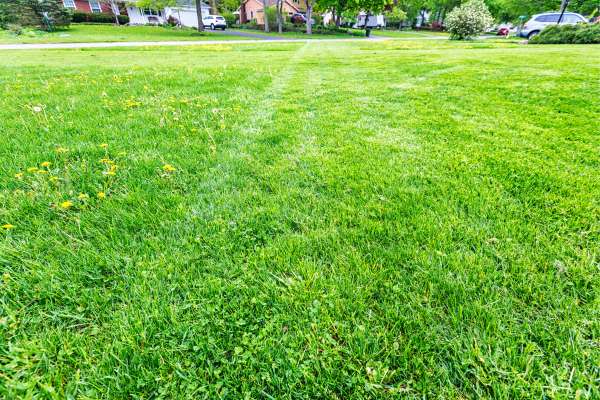
Maintaining an optimal mowing routine is crucial for the health and vitality of your clover lawn. Aim to keep your yard trimmed to a height of around 2-3 inches, as this allows the clover to thrive while also discouraging the growth of weeds. Regular mowing not only keeps your lawn looking neat and tidy but also helps promote denser trefoil growth by encouraging lateral spreading. Additionally, consider using a mulching mower to finely chop grass clippings and return them to the soil, providing valuable nutrients for your yard.
Controlling Weeds Without Harming Clover
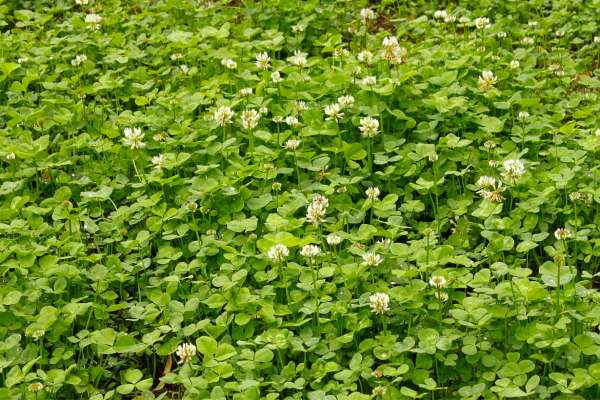
Controlling weeds without harming the flourishing clover is another essential skill to master in the art of plant clover lawn care. We’ll explore effective weed management strategies that keep those unwanted intruders at bay while ensuring your trefoil lawn remains robust and thriving. Strike the perfect balance between weed control and trefoil preservation to maintain a visually appealing and environmentally friendly landscape.
Equipment And Tools
1. Types Of Seed Spreaders
Seed spreaders play a vital role in evenly distributing clover seeds across your lawn. There are several types of seed spreaders available, each suited to different yard sizes and terrain types. For smaller yards, handheld or hand-crank seed spreaders offer precision and control, allowing you to target specific areas with ease. Alternatively, broadcast seed spreaders are ideal for larger lawns, covering a wider area with each pass. Whichever type you choose, ensure that the seed spreader is calibrated correctly to dispense the appropriate amount of clover seeds per square foot, as over or under-seeding can affect the overall density and uniformity of your yard.
2. Proper Use Of Lawn Roller
A lawn roller is a valuable tool for ensuring proper seed-to-soil contact, which is essential for successful germination and establishment of your clover lawn. Before using a lawn roller, it’s crucial to prepare the soil adequately by loosening it with a garden rake and removing any debris or large clumps. Once the soil is prepared, fill the yard roller with water to add weight, then roll it over the seeded area in multiple directions to ensure even compaction. Be careful not to over-compact the soil, as this can inhibit seed germination and root growth. Properly using a yard roller will help create an optimal environment for your trefoil seeds to thrive and establish a healthy lawn.
Clover’s Nitrogen-Fixing Properties

Clover’s nitrogen-fixing properties make it an excellent choice for enriching soil and promoting healthy plant growth. By hosting beneficial bacteria called Rhizobia in their roots, clover plants are able to convert nitrogen from the air into a form that can be readily absorbed by surrounding plants. This symbiotic relationship not only benefits the trefoil itself but also improves the overall fertility of the soil, reducing the need for synthetic fertilizers.
Combining Clover With Other Compatible Plants
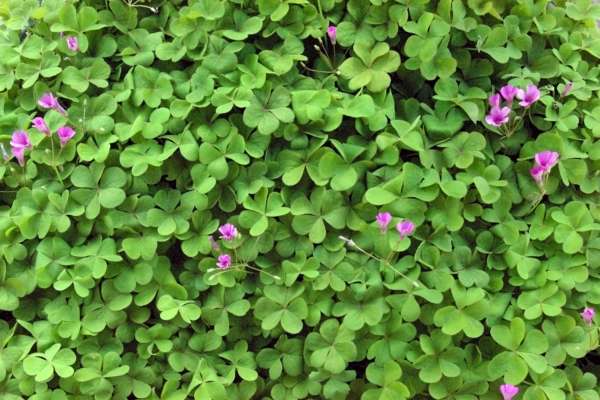
Enhance the diversity and visual appeal of your seeding lawn by incorporating other compatible plants into the mix. Selecting plants that thrive in similar growing conditions and complement the low-growing nature of trefoil can create a vibrant and dynamic landscape. Consider adding native wildflowers, such as yarrow, creeping thyme, or self-heal, to provide bursts of color and attract pollinators. Herbs like chamomile, mint, or oregano can also thrive alongside trefoil, adding fragrance and culinary value to your yard. By combining trefoil with a diverse array of compatible plants, you can create a resilient and biodiverse ecosystem that enhances the beauty and functionality of your lawn.
Attracting Pollinators With Clover
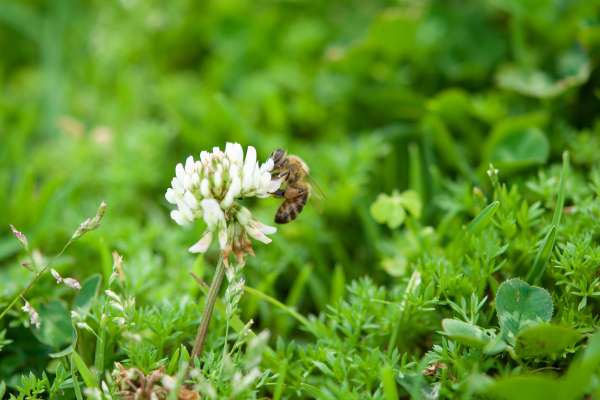
To attract pollinators with clover, consider planting a diverse mix of species to provide continuous blooms throughout the growing season. Clover is not only easy to establish but also beneficial for bees, butterflies, and other pollinators due to its rich nectar content. By incorporating white trefoil in your yard, you can create a vibrant ecosystem that supports biodiversity and enhances the overall health of your garden.
Using Technology For Lawn Monitoring
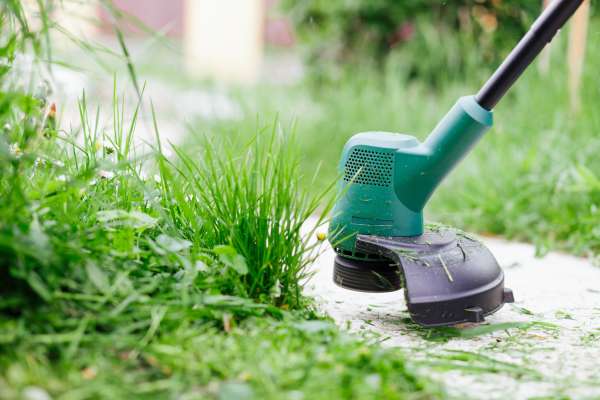
Advancements in satellite imaging technology have made it possible to assess large-scale lawn areas efficiently. These high-resolution images provide valuable insights into issues such as pest infestations or uneven growth patterns across the yard. By using this technology for regular monitoring and analysis purposes, homeowners can detect problems early on and take proactive measures to maintain a healthy and thriving yard throughout the year. Combining traditional lawn care practices with cutting-edge technology offers a comprehensive approach to managing your landscape effectively and sustainably
Reducing The Need For Chemical Inputs
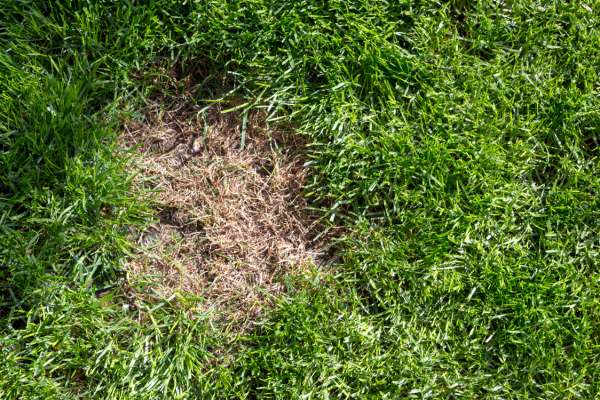
Implementing a clover lawn can significantly reduce the need for chemical inputs in your landscaping. Clover is a natural nitrogen fixer, meaning it pulls nitrogen from the air and stores it in its roots, enriching the soil without the need for synthetic fertilizers. This not only reduces the environmental impact of chemical runoff but also promotes healthier soil microbiology and overall lawn health.
The Final Thought
To plant a clover lawn can be a rewarding and environmentally friendly choice for your outdoor space. By following the steps outlined in this guide, you can create a lush and vibrant clover lawn that not only adds beauty to your landscape but also benefits the local ecosystem. Remember to choose the right type of trefoil for your region and soil conditions, prepare the area properly before planting, and provide adequate care and maintenance as needed. With patience and dedication, you can enjoy a low-maintenance and sustainable alternative to traditional grass yards. Start your journey towards a greener lawn today by incorporating trefoil into your landscaping plans.
